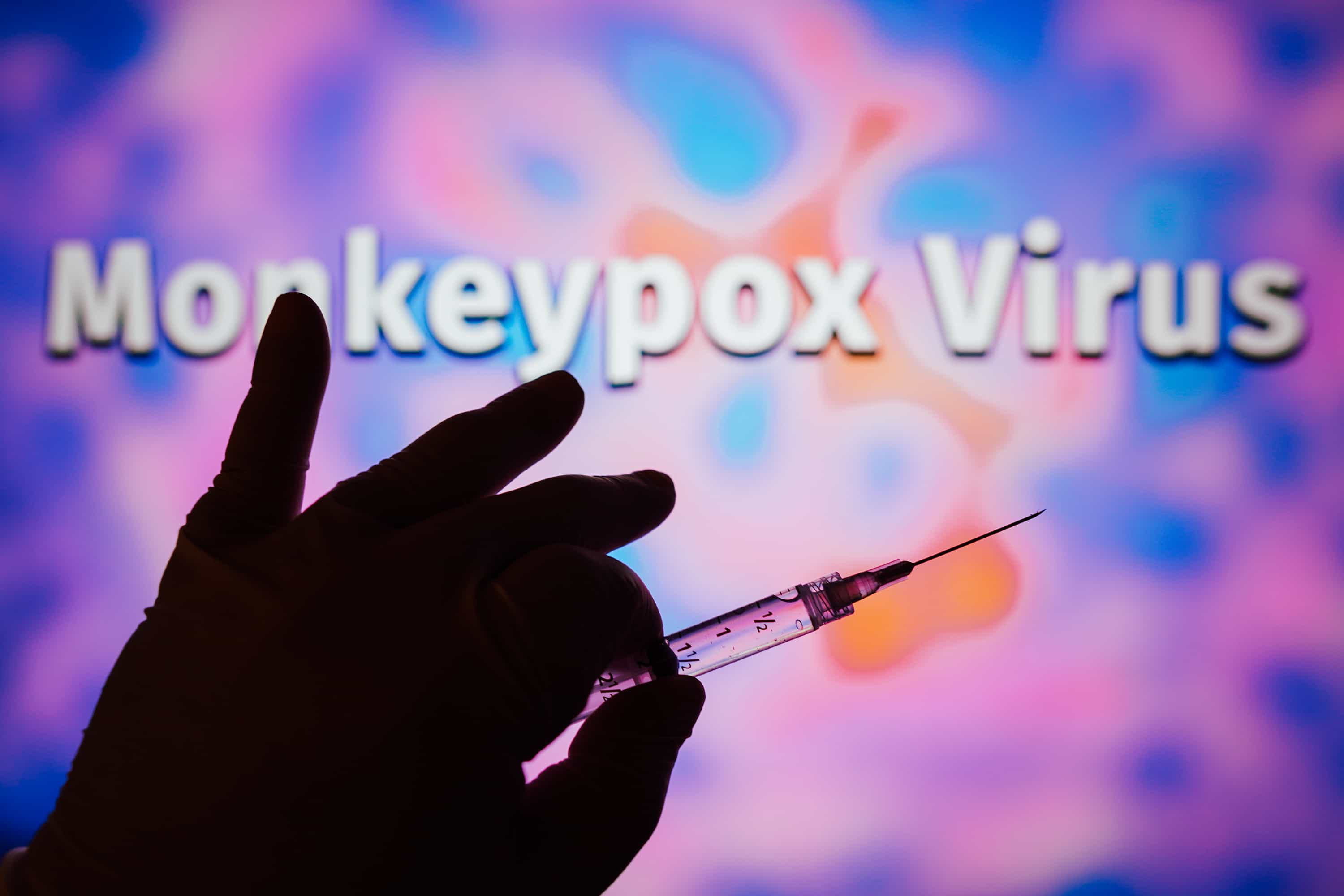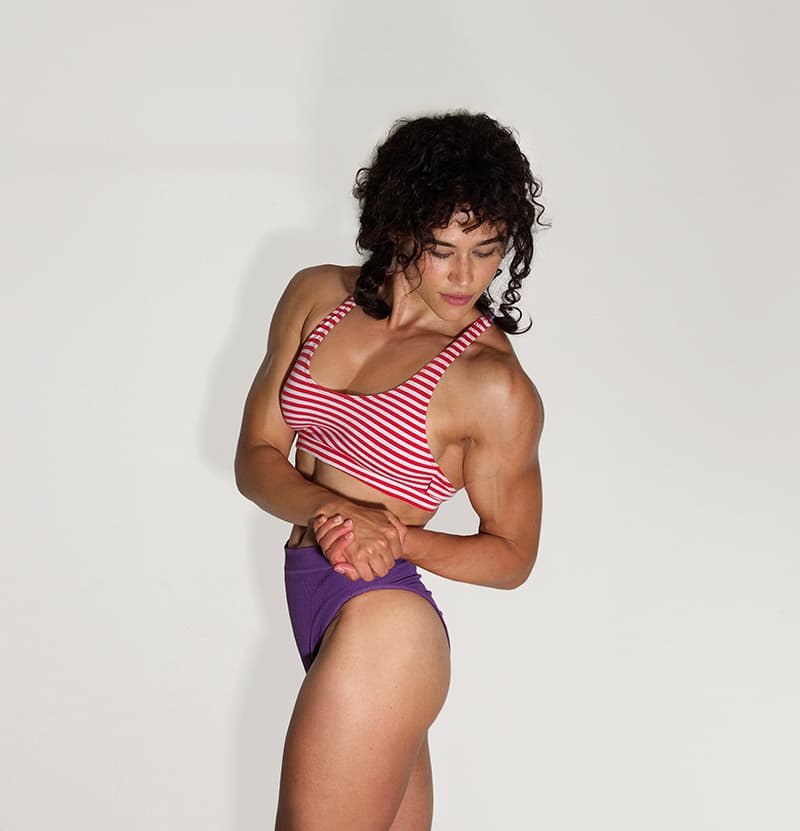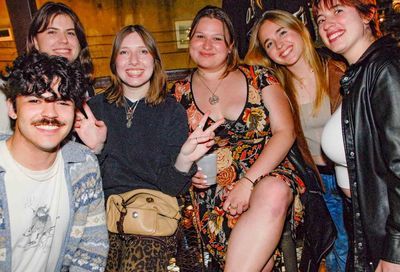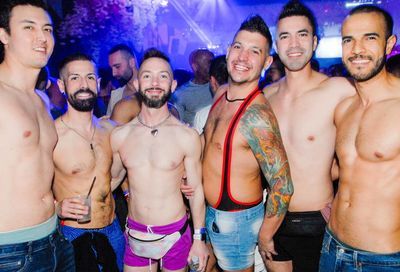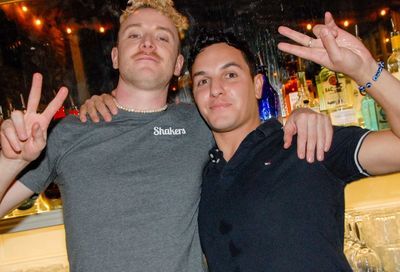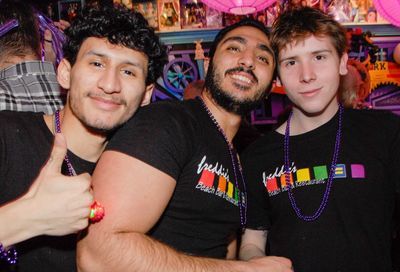Report: “Pervasive and systematic” lack of diversity in Hollywood
Study finds women, LGBT people and minorities are significantly underrepresented in the film industry

A new study looking at diversity in the movie business finds that women, racial and ethnic minorities, LGBT people, and other historically marginalized groups are still underrepresented both in front of and behind the camera.
The study, released Wednesday by the Media, Diversity and Social Change Initiative at the University of Southern California’s Annenberg School for Communication and Journalism, indicts the film industry, saying it has made little or almost no progress in eliminating a “pervasive and systematic” lack of diversity, reports the Los Angeles Times.
The study says Hollywood has made little progress in increasing the number of minorities involved in the industry. Each year since 2007, USC has analyzed the demographic makeup of actors, directors, writers and others involved in the 100 most popular films, but has found little change in representation since then.
According to the study, in 2015, 31.4 percent of characters in the year’s most popular films with speaking roles were female. That’s almost identical to the percentage of female speaking roles in 2014’s top 100 films, even though women make up roughly half of the U.S. population. From 2007 to 2015, the study found no significant change in the percentage of black (12.2 percent), Latino (5.3 percent) or Asian (3.9 percent) characters in those same films.
For LGBT characters, there were 32 speaking parts among 4,370 characters studied, up from 19 portrayals in 2014. But LGBT people still accounted for less than 1 percent of all characters with speaking parts overall. There was only one transgender character with a speaking part in 2015, up from zero the year before. Characters with disabilities, a new metric being tracked by USC this year, made up just 2.4 percent of all speaking roles, even though nearly one-fifth of the U.S. population reported having a disability in the 2010 census.
Even behind the camera, of the 107 directors, only four were black or African-American and six were Asian or Asian-American. Only eight directors were women, but that still marked the highest number since 2008.
“We’re seeing entrenched inequality,” Stacy L. Smith, a USC professor and the lead author of the study, told the Times. “Whether we’re studying gender, race, ethnicity, LGBT or characters with disabilities, we’re really seeing exclusionary forces leaving out anybody that’s not a straight, white, able-bodied man. Despite all the chatter and all the activism and all the press attention, it’s another year where the status quo has been maintained.”
The researchers at USC in particular lambasted the movie industry for not placing greater focus on diversity, concluding that Hollywood is “an epicenter of cultural inequality.” Despite much water-cooler conversation over the overabundance of white, cisgender actors nominated for major film awards, Smith says there’s been little action to remedy that. She adds that major media companies need to set goals for greater inclusion and be held accountable to ensure they are reflecting the demographic reality of the United States.
There also remain questions over the type of representation that minority or underrepresented groups earn in major movies. For instance, Katherine Pieper, a co-author of the study, notes that while there was an increase in LGBT representation, only two LGBT characters were depicted as parents.
“Film still has a way to go when it comes to representing all types of families in America,” Pieper told the Times.
Support Metro Weekly’s Journalism
These are challenging times for news organizations. And yet it’s crucial we stay active and provide vital resources and information to both our local readers and the world. So won’t you please take a moment and consider supporting Metro Weekly with a membership? For as little as $5 a month, you can help ensure Metro Weekly magazine and MetroWeekly.com remain free, viable resources as we provide the best, most diverse, culturally-resonant LGBTQ coverage in both the D.C. region and around the world. Memberships come with exclusive perks and discounts, your own personal digital delivery of each week’s magazine (and an archive), access to our Member's Lounge when it launches this fall, and exclusive members-only items like Metro Weekly Membership Mugs and Tote Bags! Check out all our membership levels here and please join us today!


